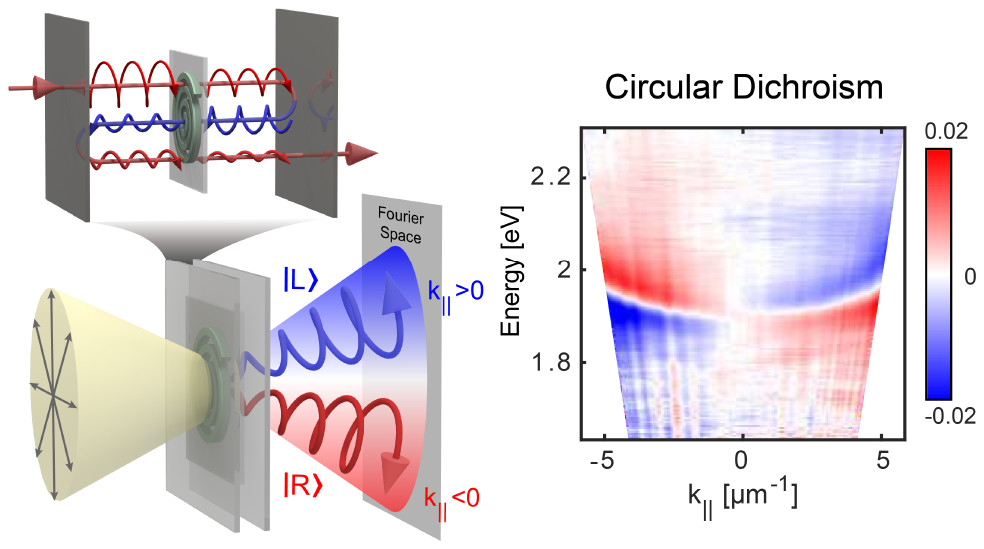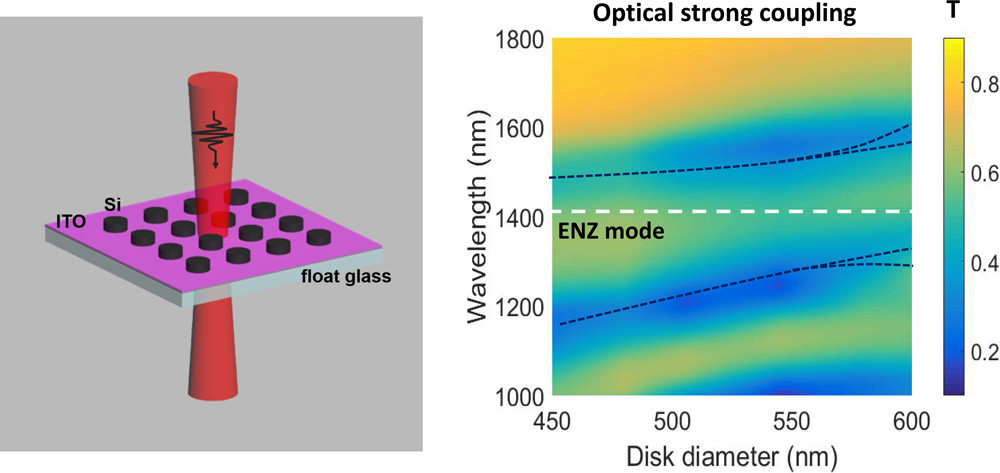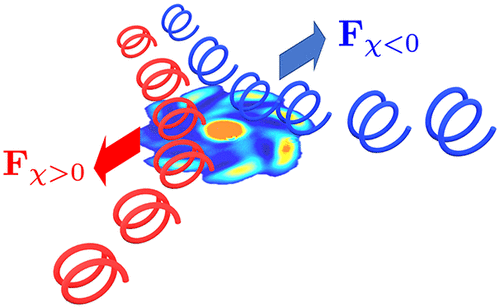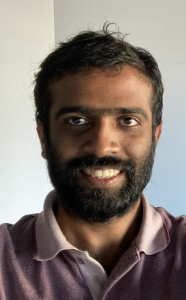In a new publication in ACS Photonics, we show that optical spin orientations can be locked to intracavity propagation directions when a seed of planar (2D) chirality is present inside the cavity. This seed is given by inserting between the two metallic mirrors of a Fabry–Perot cavity a layer of polystyrene made 2D chiral under torsional shear stress. This planar chirality gives rise to an extrinsic source of three-dimensional chirality under oblique illumination that endows the cavities with enantiomorphic signatures measured experimentally and simulated with excellent agreement. The simplicity of this scheme is particularly promising in the context of chiral cavity QED and polaritonic asymmetric chemistry, driven by chiral polaritonic states.
Monthly Archives: February 2022
A nano letter but a large optical non linearity !
Another paper, resulting from the collaboration between our group and Institute of Electro-Optical Engineering from National Taiwan Normal University, has been published in Nano Letters. Strong coupling provides a powerful way to modify the nonlinear optical properties of materials but the coupling strength is restricted by a weak-field confinement in cavities, which limits the enhancement of the optical nonlinearity. Here, we investigate a strong coupling between Mie resonant modes of high-index dielectric nanocavities and an epsilon-near-zero mode of an ultrathin indium tin oxide film and obtain an anticrossing splitting of 220 meV. In addition, static nonlinear optical measurements reveal a large enhancement in the intensity-independent effective optical nonlinear coefficients, reaching more than 3 orders of magnitude at the coupled resonance.
New publications
Just before he went back to India, the paper written by Sandeep Kulangara as first author has been accepted in Journal of Physical Chemistry Letters. The effects of cooperative vibrational strong coupling on the aggregation of two structural isomers of phenyleneethynylene was investigated and showed to lead to two different self-assembled structures, spheres and flakes, having distinct optical properties. These results confirm that VSC can be used to drive molecular assemblies and thereby provide a new tool for supramolecular chemistry.
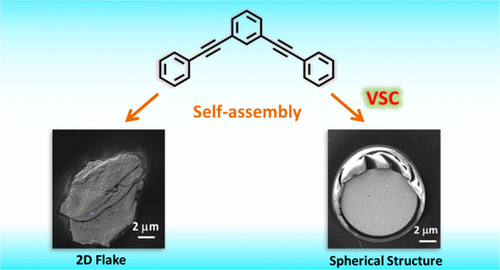 In addition, Cyriaque Genet just published a perspective on chiral light and chiral matter interactions in ACS Photonics. In this paper, he shows how chiral optical forces shed new light on chiral light−chiral matter interactions. The key advances selected are representative of the vitality of the current research activity and clearly point toward future designs for all-optical chiral separation strategies of high potential.
In addition, Cyriaque Genet just published a perspective on chiral light and chiral matter interactions in ACS Photonics. In this paper, he shows how chiral optical forces shed new light on chiral light−chiral matter interactions. The key advances selected are representative of the vitality of the current research activity and clearly point toward future designs for all-optical chiral separation strategies of high potential.
വിട സന്ദീപ് ! (*Vita Sandeep !)
Our colleague Sandeep Kulangara, who was here for a postdoctoral position for 2 years, left us one week ago to go back in India. We greatly appreciated his discreet and efficient presence in the team. He started again in his former position of assistant professor at Government Victoria College Palakkad.
Good luck to him !

